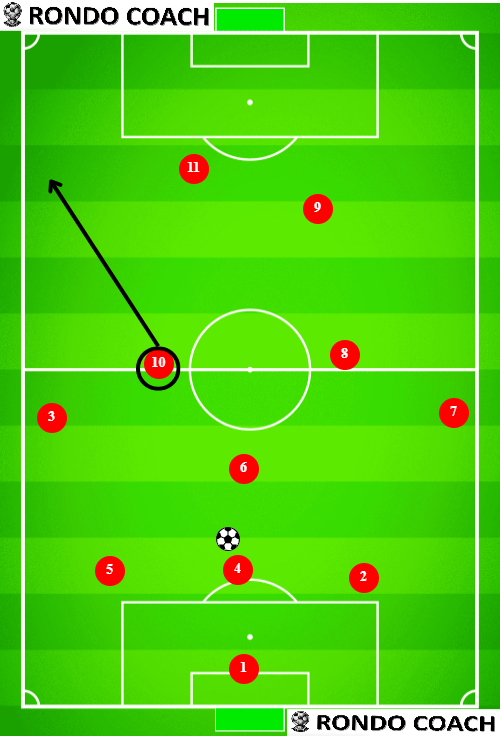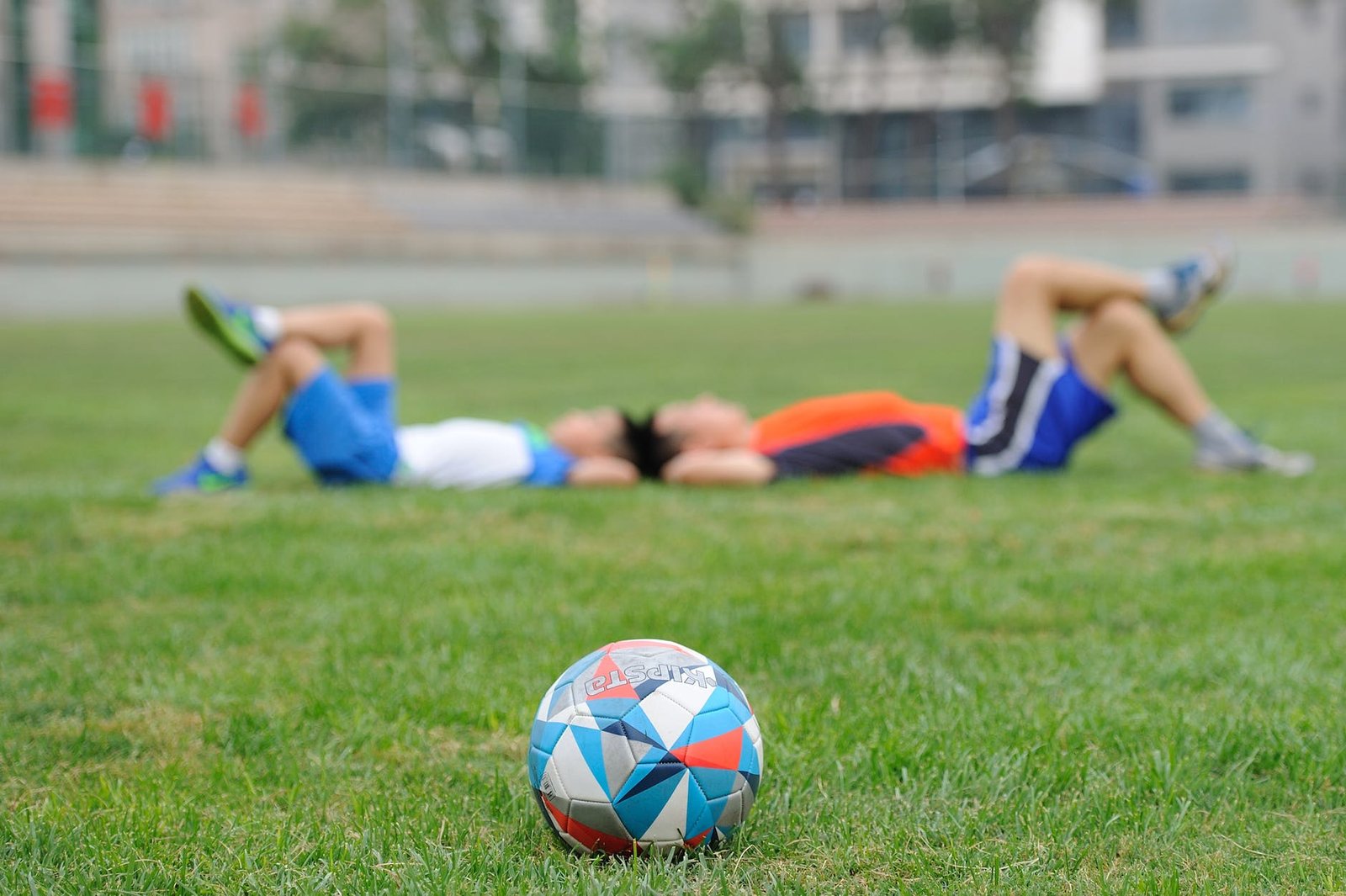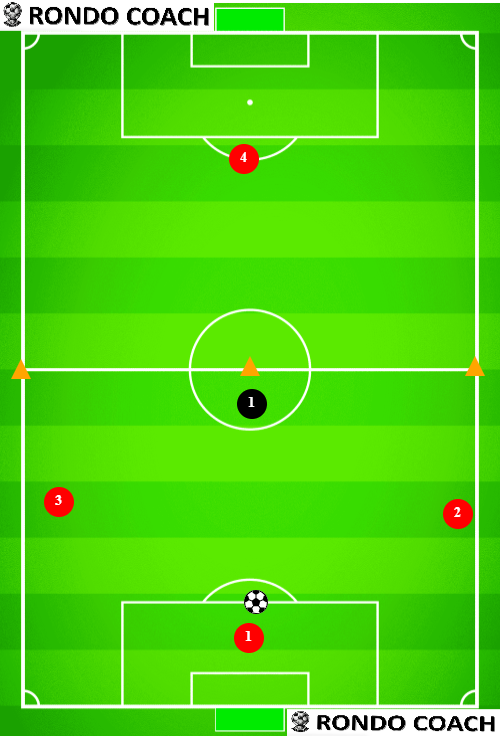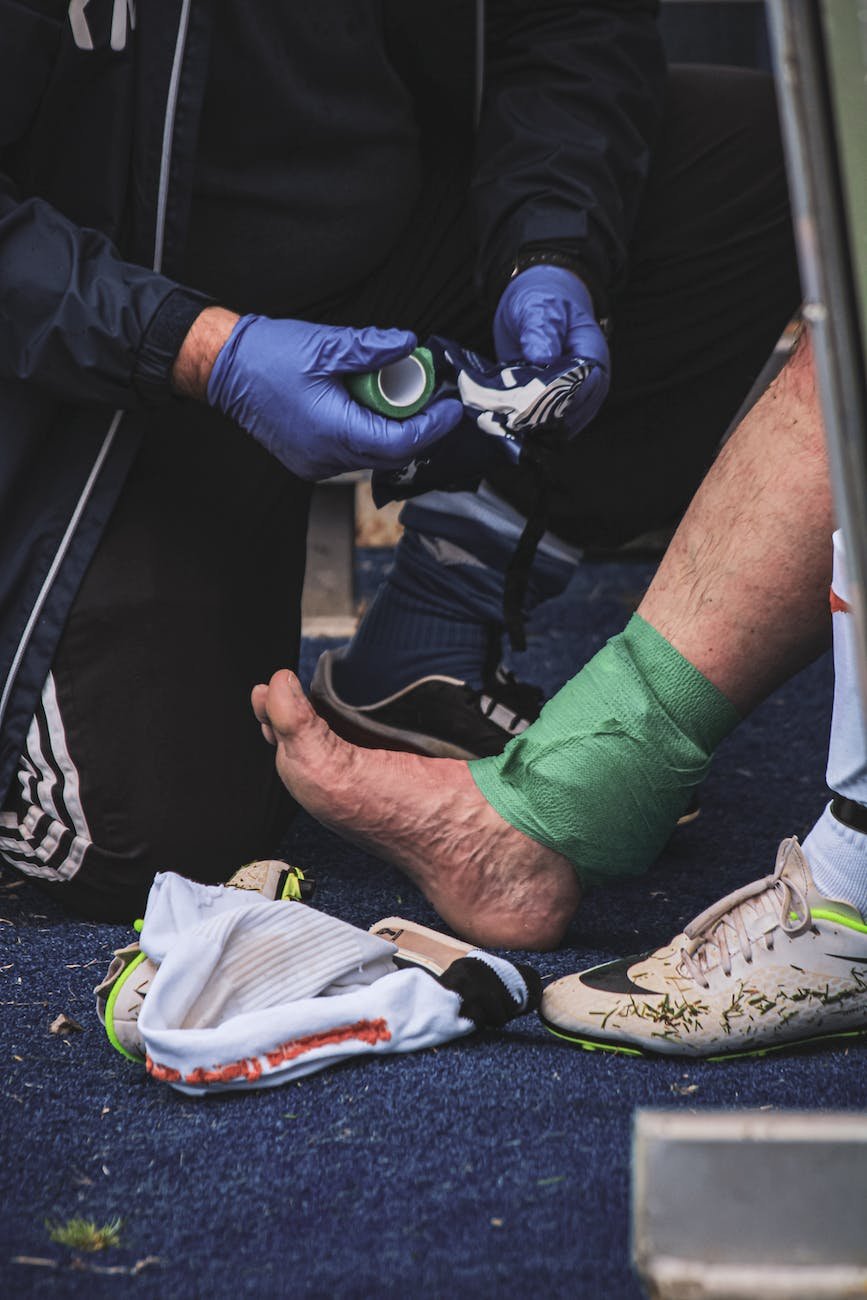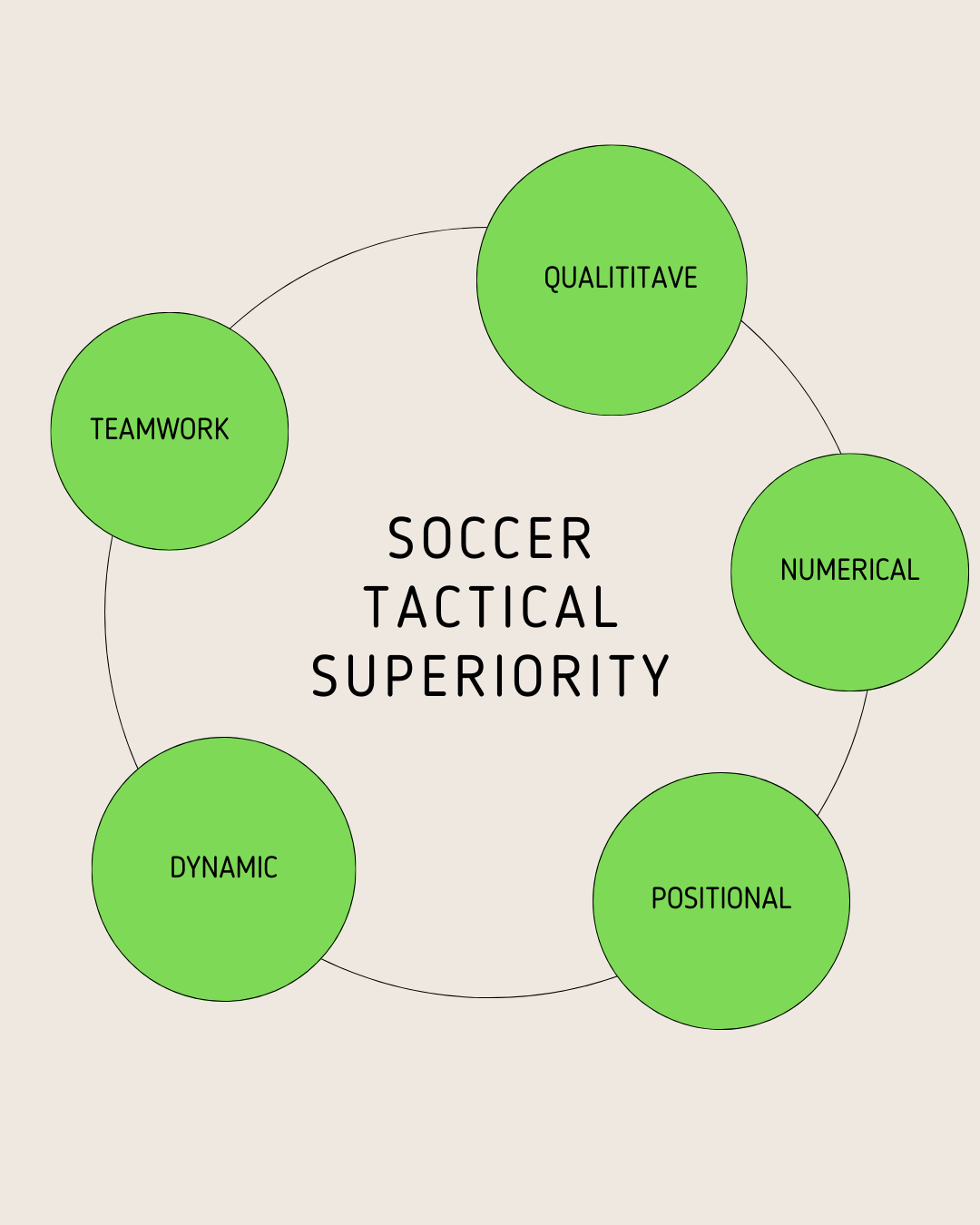Soccer Camera Gimbals [How to film soccer games in 2024?]
You can’t be there for every single game that your kid plays. Even if you can, you want to be able to keep it for when they grow up. Or your neighbor asks about it. Or your third cousin brags about their kids and how they [read with nasal voice] “just use these soccer camera gimbals”, but you just dismiss them. You want that in your pocket, ready for whenever you might need it. But you can’t afford the expensive cameras that clubs use these days.
Instead, you should use your smartphone!
It is raining, you are confused between looking at your kid or looking at the screen, and in the end, your spouse is disappointed because your hands kept shaking the image despite your best efforts. Yes, there is a simple solution for all of this. It is called a gimbal, or if you don’t want to sound funny a stabilizer. They are affordable these days and can be used to film all the time, not just your kid’s soccer games.
What are the best soccer camera gimbals?
There are 3 factors to determine the quality of the soccer camera gimbals:
- Stability of image – the most important thing of a gimbal is to be stable. When it comes to sport camera gimbals, account for uneven terrain, wind and rain, as well as the occasional ball or person hitting it. Don’t look for perfection, but expect some reasonable stability that will not break the image, or even worse, your phone.
- Integration with smartphones – while optional at first look, you want these features of tracking the action. The more common level of tracking is to track the ball and the action at all times. Less common is to track a particular player (like your kid or yourself) and usually more sophisticated systems are used for full wide field of view recordings. In any case, you want to be able to enjoy the game while the camera moves and records the game.
- Durability and sturdiness – you do not want to keep buying the soccer camera gimbals each season. So, do yourself a favor and get the one made with good materials and engineered with attention to detail. And yes, it will feel heavy and you will know how it is once you have it in your hand.
We rate the soccer camera gimbals based on these factors. Also, we make sure there is no monthly fee for them, for streaming, storage, data analysis and statistics, or whatever else the most premium soccer cameras have. They all have options to get them from Amazon, but also some of them have their own stores. Check out both for the best pricing and add-ons.
Insta360 Flow (Our Pick)
Insta360 is the leader in the space of capturing action. Most of their products include a camera, from 360 or action-focused to professional VR or webcams. However, it looks like they managed to integrate a lot of the technology into their Insta360 Flow product, which is a gimbal for smartphones. It brings stabilization, together with the AI-powered technology of action tracking. The price is reasonable for a great build and intuitive interface in case you want to manually capture the moments. The stabilization is great and the integration with the smartphones works as you would expect. Furthermore, the community is large and there are all kinds of tricks and tips on how to get the most out of it on their forums.
Buy it from Amazon or their store.
XBot (with tripod)
It definitely is a level up to the Insta360, but it comes at a price. It supports smartphones, integrated with a remote control or even an Apple Watch. The XBot is actually designed for soccer as primary usage, making it a perfect solution for our needs. The tracking is optimized and tested for soccer!
Another great thing about the XBot is the range of accessories that you can find with it. Considering the size of the field and the number of players, you definitely want to set the camera at some elevation to capture the entire field. The XBot tripod is stable, and high quality and adds on to the already great functionality of the XBot to get the perfect view of the field and action.
You can buy it from Amazon or directly from the XBot store (use code RONDOCOACH for $25 off your purchase).
DJI Ronin-SC (mirrorless camera)
If you have a high-quality mirrorless camera with good lens, this might be a better option for you. While you need to operate it (one-hand handling is great), it will give the best capture from all the options. You can still mount your smartphone on top of it and use it for capturing, but also to adjust the force sensitivity of your movement and stabilization.
If you want to watch the game with your coffee, while the video is being captured automatically, this is not for you. But if you want to be actively tracking the action, capturing the plays and the players throughout the game, this is the option to pick. We also highly recommend it for capturing footage to be sent to soccer scouts and college recruiters. We have even seen some parents sending soccer videos before tryouts (tread carefully there).
Hohem for GoPro (waterproof)
Similar to the DJI stabilizer, you will be manually operating this gimbal and won’t be able to use your smartphone. However, the most important aspect here is that you will be able to record games in the worst possible conditions, such as rain and snow. The gimbal is relatively cheap for what it does, but it does require a GoPro or one of the other compatible devices. The secret weapon is a waterproof design with limited functionality and compatibility. Also, the sturdiness and durability of the device are great, but then you will likely run it through tough conditions and you will end up really testing it.
Zhiyun Smooth Q4 (Budget pick)
There is nothing wrong with this gimbal and we would definitely recommend it if you are looking to spend minimally on a stabilizer for your smartphone. However, it just misses a lot of the magic that the other options have. The integration with smartphones is there, but minimally (suggests angles and adjusts zoom and light). This also means you need to manually move it. It comes with a tripod, but you will likely need a table or a chair to get the height and stability right. It is sturdy, but not as robust as the others, especially when extended as more of a selfie stick. Of course, it doesn’t have waterproof characteristics or cross-compatibility with other devices, such as high-quality cameras. Overall, if you know exactly what you need it for, it is a great option. If you need anything beyond to feel the magic of AI and motion tracking, you will need to spend a bit more.
Pick the right soccer camera gimbal for you
The technology for sports and entertainment is amazing today. We have seen U6 games not only recorded, but streamed in real time. You think that might be crazy, but their grandparents were actually watching live overseas! It is truly incredible that we have all this technology to capture these moments. At an affordable prices we can film them and play them whenever we want. Also, with the power of AI we can often be lazy and let the smartphone track the action while we enjoy the game in real time. We recommend picking the right option for you and give it a try. Over time you will be amazed how much the ML models will improve the capture and tracking. Have fun, make memories and save them forever!
















